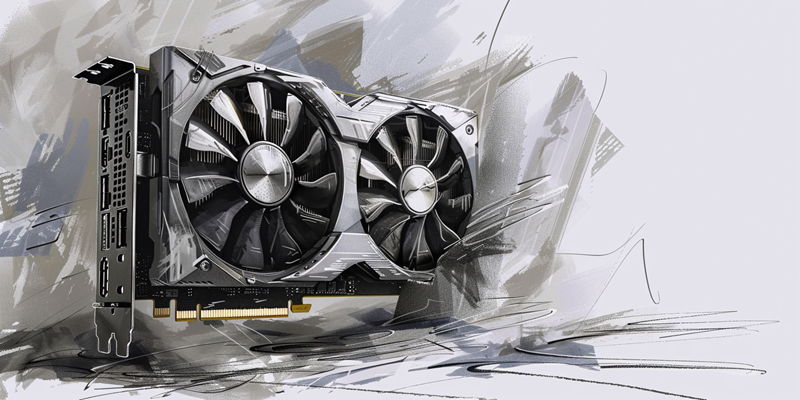Recent trends in the graphics card sector reveal that AMD has made an aggressive pricing adjustment on their high-end Radeon RX 7900 XTX, slashing the cost from its initial $999 to $899. This substantial discount is far from a mere price drop; it’s a deliberate strategy to disturb the market dynamics, posing a stronger challenge to its main competitor, NVIDIA. AMD’s bold pricing strategy could not only boost the appeal of their RX 7900 series among consumers but also potentially reshape consumer expectations and market standards. It reflects a tactical shift meant to heat up the competition and deliver more value to gamers and professionals looking for top-notch graphics performance without breaking the bank. Amid intense rivalry, actions like AMD’s could catalyze further pricing strategies in the tightly contested GPU market.
Sharpening the Competitive Edge
The Strategic Price Reduction Impact
AMD has made a strategic move to lower the price of its top-tier Radeon RX 7900 XTX graphics card by approximately 11%. This decision underlines the growing competitiveness in the market for advanced GPUs as AMD seeks to challenge NVIDIA’s dominance with more attractive pricing. AMD’s Radeon RX 7900 XTX, designed to go head-to-head with NVIDIA’s premier offerings, benefits consumers by offering a high-performance option at a reduced price point.
The price cut demonstrates AMD’s determination to expand its market share and appeal to price-conscious yet performance-oriented consumers. By adjusting the cost of their flagship graphics card, AMD is opening up its product to a wider audience that might otherwise consider NVIDIA’s high-end GPUs. In a market where the cost is a significant factor, this pricing strategy could prove to be advantageous for AMD. It not only enhances the value proposition of its own products but also intensifies the pressure on competitors, thereby heating up the battleground for leadership in the high-performance GPU segment.
Consumer-Friendly Market Trends
The tech industry is witnessing a significant price adjustment trend, as companies strive to enhance the value they offer to tech enthusiasts. This trend is particularly visible with the introduction of next-gen GPUs. Brands are restructuring their pricing schemes, resulting in a notable dip in the costs for premium GPU units. AMD’s Radeon RX 7900 XTX is a prime example of this shift, standing out as a much more attractive option for those mindful of their spending. The GPU boasts AMD’s cutting-edge RDNA 3 architecture, making the lowered prices, seen in versions like the PowerColor Hellhound and ASRock Phantom Gaming, not just a token gesture but a strategic move to maintain a strong market position. This adjustment also prepares both consumers and companies for the impending advancements in GPU tech, ensuring that high-performance options remain attainable.
NVIDIA’s Counter Movements
Adjusting to Market Dynamics
NVIDIA has also adopted flexible pricing tactics in response to the competitive forces in the market, much like its industry counterparts. The tech giant’s RTX 40 series, which includes models like the RTX 4070 Ti and the RTX 4060, has undergone noticeable price adjustments to stay relevant. Particularly striking was the price of the RTX 4080, originally set over $1200 and now marked down to $999. Such strategic pricing revisions highlight NVIDIA’s commitment to remaining a market leader amidst stiff competition, especially from rivals such as AMD. This approach underscores the reality that even dominant players must diligently monitor market trends and respond judiciously to retain their edge in the rapidly evolving tech arena.
Future Pricing Projections
The recent trend of decreasing prices for computing hardware suggests that we could witness more such reductions soon, particularly in market areas that haven’t been significantly impacted yet. AMD is leading the charge with strategic price cuts, and it’s likely that NVIDIA and other competitors will follow, which could result in a broader spectrum of more affordable products. As competition heats up, it seems the market will increasingly lean towards offering better value for money. Both consumers and the tech industry benefit from the rivalry between key players like AMD and NVIDIA. Their competition fosters not only breakthroughs in technology but also pushes high-performance components to become more accessible for the average consumer. The rivalry is shaping a market where the rewards of cutting-edge tech are shared more widely, underpinning a more democratized approach to computing power.

